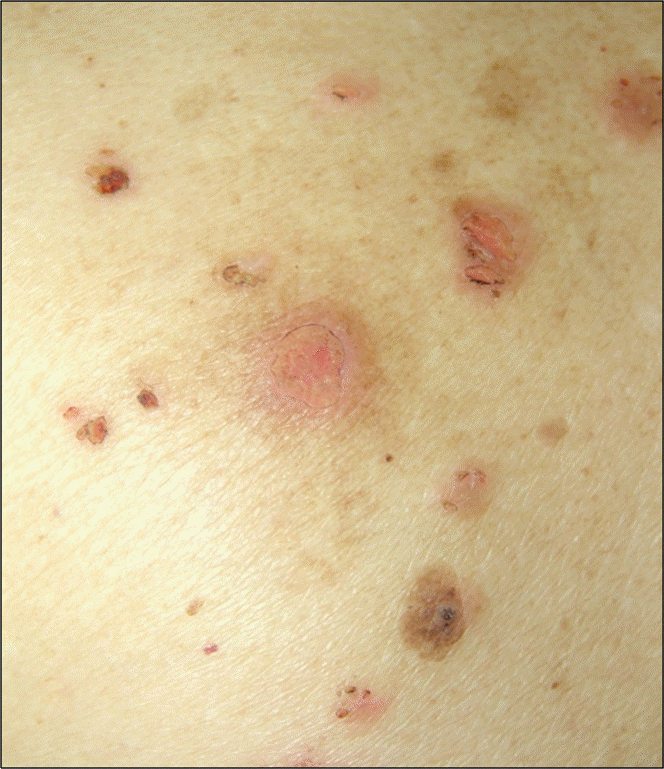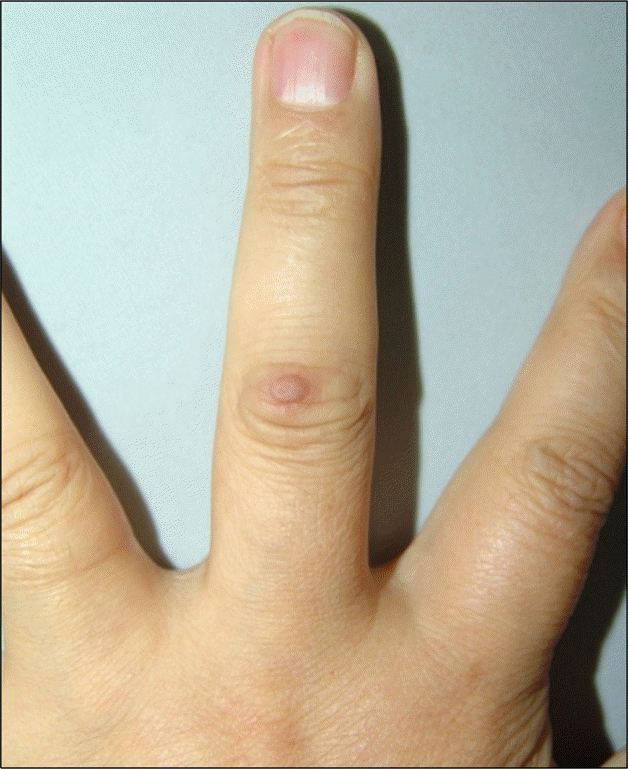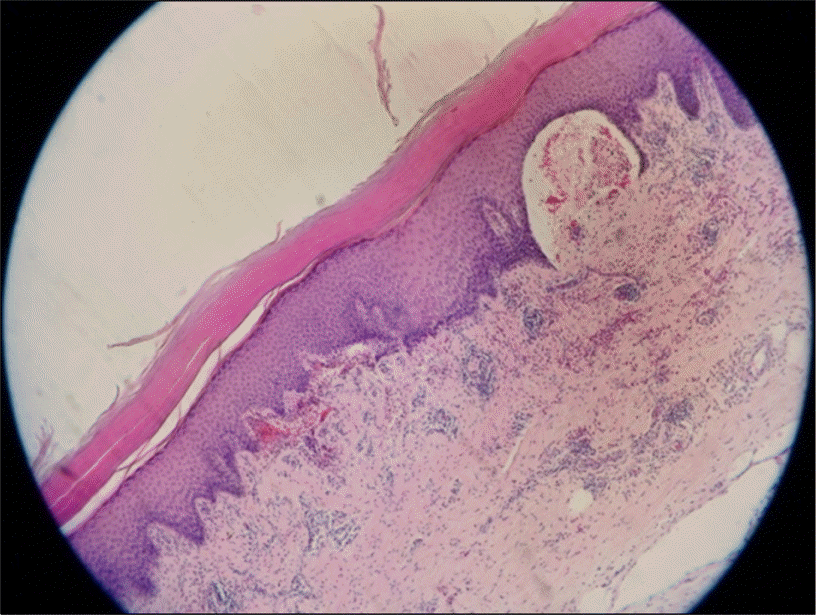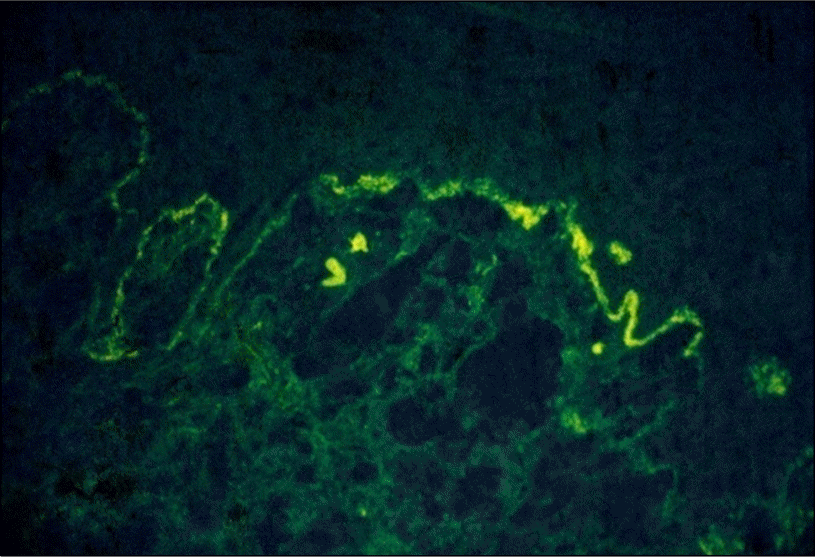Abstract
Bullous pemphigoid is an autoimmune, subepidermal blistering disease commonly seen in the elderly. It is known as autoimmune bullous dermatoses with an estimated prevalence of 1 in 40,000 and shows no gender or racial predilection. It has an autoimmune nature with immunoglobulin (Ig) G and/or C3 complement targeting hemidesmosomal antigens located in the epidermal basement membrane zone. Drug-induced pemphigoid, although rare, can occur in patients taking penicillamine, furosemide, captopril, penicillin, or sulfasalazine, but infliximab-induced pemphigoid has not been reported. We experienced a case of infliximab-induced pemphigoid in 54-year-old woman with a 17-year history of rheumatoid arthritis.
REFERENCES
1). Cleveland Clinic: Current Clinical Medicine 2009. 1st ed.Chapter 44. Philadelphia, PA, Saunders;2009.
2). Ferri FF. Ferri's Clinical Advisor 2010. 1st ed.p. 240. Philadelphia, PA, MOSBY;2010.
3). Duong TA., Buffard V., AndreA C., Ortonne N., Revuz J., Bagot M, et al. Efalizumab-induced bullous pemphigoid. J Am Acad Dermatol. 2010. 62:161–2.

4). Rongioletti F., Parodi A., Rebora A. Dyshidrosiform pemphigoid: report of an additional case. Dermatologica. 1985. 170:84.
5). Levine N., Freilich A., Barland P. Localized pemphigoid simulating dyshidrosiform dermatitis. Arch Dermatol. 1979. 115:320–1.

6). Tamai K., Li K., Uitto K. Idendification of a DNA-binding protein (keratinocyte transcriptional protein-1) recognizing a keratinocyte-specific regulatory element in the 230 kDa bullous pemphigoid antigen gene. J Biol Chem. 1994. 269:493–502.
7). Pfau A., Hohenleutner U., Hohenleutner S., Eckert F., Landthaler M. UVA-provoked localized bullous pemphigoid. Acta Derm Venereol. 1994. 74:314–6.
8). Bordignon M., Belloni-Fortina A., Pigozzi B., Tarantello M., Alaibac M. Bullous Pemphigoid during Long-Term TNF-a Blocker Therapy. Dermatology. 2009. 219:357–8.
9). Chang YT., Liu HN., Wong CK. Bullous pemphigoid: a report of 86 cases from Taiwan. Clin Exp Dermatol. 1996. 21:20–2.




 PDF
PDF ePub
ePub Citation
Citation Print
Print






 XML Download
XML Download